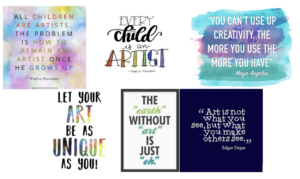Intent
At Horndale Infant and Nursery School we believe that Art is inclusive and encourages creativity and curiosity for all children. We believe that Art should be a stimulating and enjoyable experience for all children, allowing them to express themselves through a piece of artwork, which has been produced individually or collaboratively.
We want our children to have the confidence and freedom to experiment with their own ideas, through different mediums. Children will have the opportunity to evaluate, analyse and re-visit their work and develop resilience by making and learning from mistakes. All children should leave our school with: a set of basic skills in drawing and painting, sculpture, textiles, printmaking and ICT; an appreciation of work by a range of artists and an inquisitive nature meaning that they are capable of producing a piece of creative artwork which they and others can be proud of.
Implementation
In Key Stage 1 our school uses the National Curriculum for Art & Design as the basis for its curriculum planning. This has been developed into units providing progression and continuity of learning experiences across the 7 areas: Drawing, Painting, Printmaking, Collage, Textiles, IT and 3D.Pupils will learn about great artists and use the work of artists as a stimulus to produce their own creative works.
At Horndale Infant and Nursery School, we provide a variety of opportunities for art and design learning inside and outside the classroom. Educational visits are another opportunity for the teachers to plan for additional art learning outside the classroom. The children will have opportunities to explore local museums/art galleries and receive visitors into school to share art and design learning and have hands on experiences.
Impact
As a result of this Art curriculum, our pupils will:
- be able to use a range of materials creatively to design and make products.
- be confident to use drawing, painting and sculpture to develop and share their ideas, experiences and imagination.
- have developed a wide range of art and design techniques in using colour, pattern, texture, line, shape, form and space.
- demonstrate resilience and security in the subject, by taking risks, problem solving and being curious.
- be able to talk about the work of a range of artists, craft makers and designers, describing the differences and similarities between different practices and disciplines, and making links to their own work.
- develop their ability to think critically and evaluate their work and the work of others.
- develop a love of art.
Art Whole School Long Term Plan (Last revised July 2022)


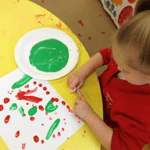
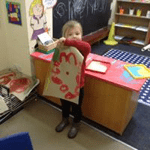
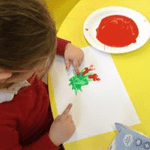
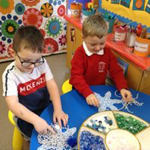
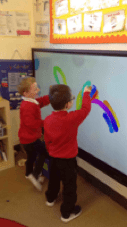
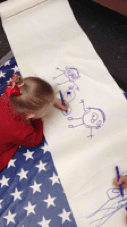
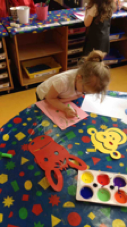
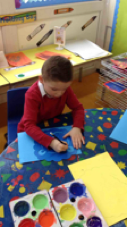
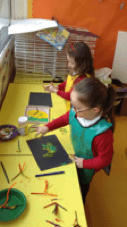
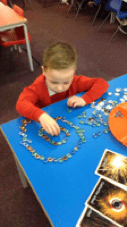
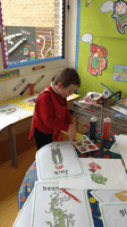
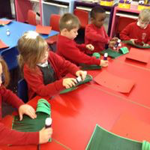
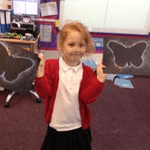
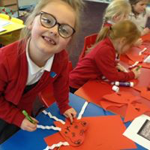
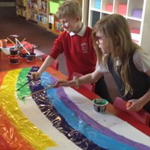
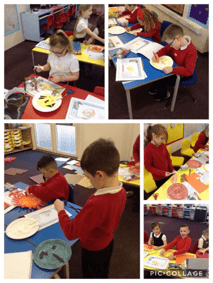
Further support and useful web links
An overview of the Art and design Curriculum https://www.oxfordowl.co.uk/for-home/school-year/subject-guides/science-at-primary-school/
The Little artists http://www.littleartist.co.uk/
Tate Kids https://www.tate.org.uk/kids
Baltic https://baltic.art/whats-on/family-activities
Books for budding artists https://www.oxfordowl.co.uk/for-home/christmas/childrens-books-for-artists-and-writers/
Colouring in pages for artistic inspiration https://home.oxfordowl.co.uk/?s=colouring&posttype_search=post%2Cpage%2Cproject%2Cfind_a_book%2Cebooks%2Cactivities%2Cjargon_buster%2Cvideos&fwp_post_types=activities

